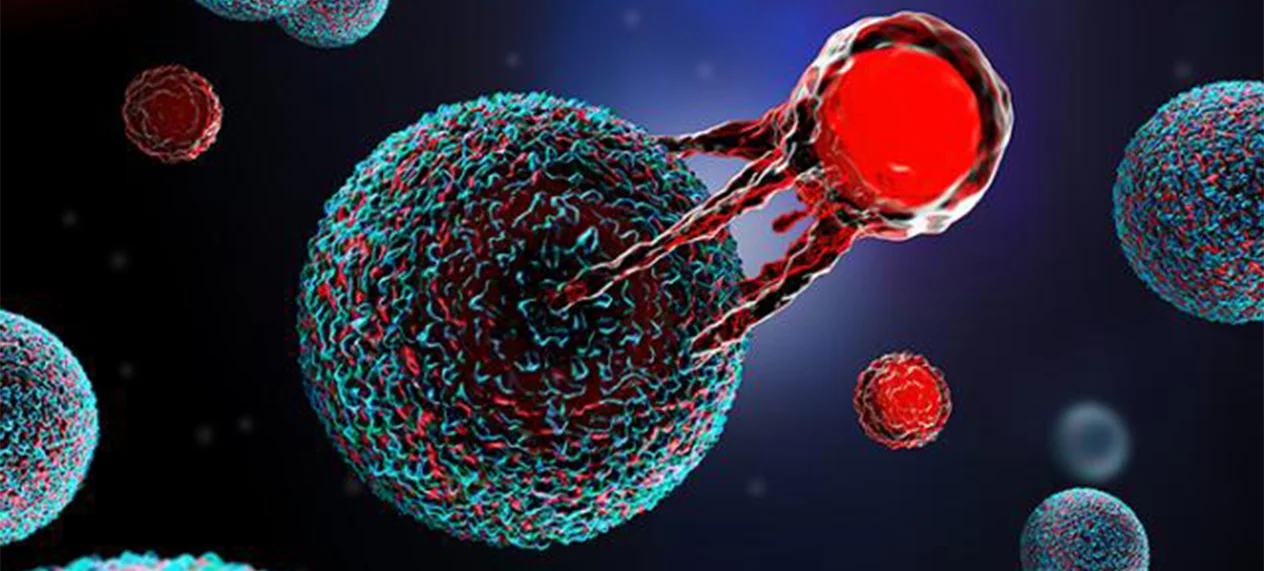
Cancer is one of the deadliest diseases in the world, and scientists and doctors have found it difficult to develop effective drugs to treat the disease. Different treatment procedures like chemotherapy, radiation, and targeted therapies have been developed over time. However, in some cases these treatments have severe side effects and do not work in all patients.
One of the most promising advances in cancer treatment is CAR-T cell therapy. It is a highly advanced method that uses the body's immune system to fight cancer. It has been extremely successful, particularly in those who have certain types of blood cancer and are not responding to other therapies and have lost all their hope.
Read Also: Transforming Cancer Care: Breakthroughs In Treatment And Monitoring
CAR-T cell therapy stands for Chimeric Antigen Receptor T-cell therapy. It is a type of immunotherapy, i.e., it uses the body's own immune system to fight cancer. Scientists call it living immunotherapy. The immune system of the body is designed to detect and kill harmful cells like bacteria, viruses, and cancer cells. But in some cases, these cancer cells evade detection by the immune system and keep on growing out of control. CAR-T therapy helps the immune system to identify and attack these cancer cells more effectively.
Read Also: Is Blood Cancer Curable? Types, Causes, And Leukemia Treatment
CAR-T cell treatment is a highly individualized treatment done by reprogramming the patient's own immune cells to attack the cancer cells. The process involves weeks and includes the following procedures:
This is a very potent treatment because it trains the body's immune system to fight cancer, and this may lead to long-term remission.
Currently, CAR-T cell therapy is used primarily to treat blood cancers (also known as hematologic cancers) including:
It has been approved for different subtypes of B cell NHL like DLBCL, Follicular lymphoma, Mantle cel;l lymphoma, other high grade b cell lymphoma, especially when the disease is chemo refractory or when it comes back with in one year.
50-60% of patients achieve long-term remission after CAR-T therapy.
Researchers are now studying CAR-T therapy's effectiveness for other blood cancers like AML and T cell malignancies along with certain solid tumors (like breast, lung, and brain cancer). Results have not yet been as good as in blood cancer. Researchers are working on ways to make CAR-T therapy work for more cancers in the future.
CAR-T cell therapy was invented by Dr. Carl June and his team at the University of Pennsylvania in the early 2000s. Novartis manufactured the first CAR-T treatment, Kymriah, which was approved by the U.S. FDA in 2017 to treat children and young adults with leukemia.
Several pharmaceutical companies have since then manufactured their own CAR-T treatments, including Yescarta, Tecartus, Breyanzi, and Abec Ma.
CAR-T therapy is available in many developed countries, including:
United States
The first country to have CAR-T therapy approved.
Available at major cancer facilities like MD Anderson, Memorial Sloan Kettering, and Mayo Clinic.
Europe
Approved in the UK, Germany, France, and Italy.
Regulatory bodies in Europe have approved some CAR-T products.
China
The first country to conduct research and development of CAR-T.
Less costly as compared to the U.S. and Europe.
India
In the early stages but growing.
Major hospitals are working on CAR-T therapy.
Yes, CAR-T therapy is slowly being made available in India. Some of the top hospitals and research institutions are working on CAR-T treatment in order to make it available and more affordable. Availability is limited, but India is quickly catching up on this front.
CAR-T therapy is one of the most expensive cancer treatments due to its complex process. Here's a cost estimate country by country:
Efforts are being made in India to make it affordable by manufacturing locally.
The success with CAR-T therapy depends on the type of cancer and the health of the individual.
Though CAR-T is effective in the majority of cases, a few can recur a few years later. Scientists are working towards making CAR-T suitable for long-term remission.
Side effects of CAR-T therapy are severe and can include:
Some long term side effects include:
The future is bright for CAR-T treatment with studies in development geared towards:
CAR-T cell therapy is revolutionary in cancer treatment, offering hope to patients who have already failed established standard treatments. While costly, it is highly effective and becoming more available in India. With the advancement of technology and research, CAR-T therapy may be even more efficient and affordable for even more cancers in the future.